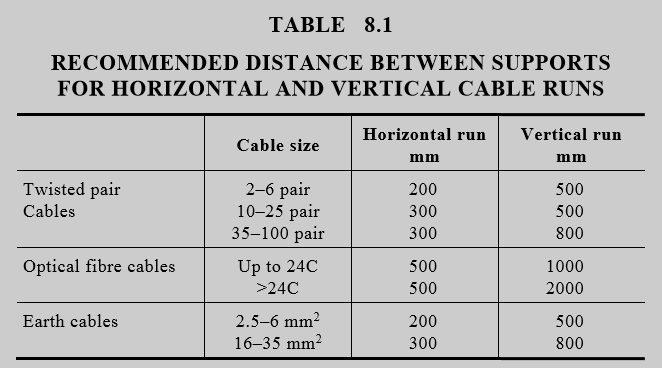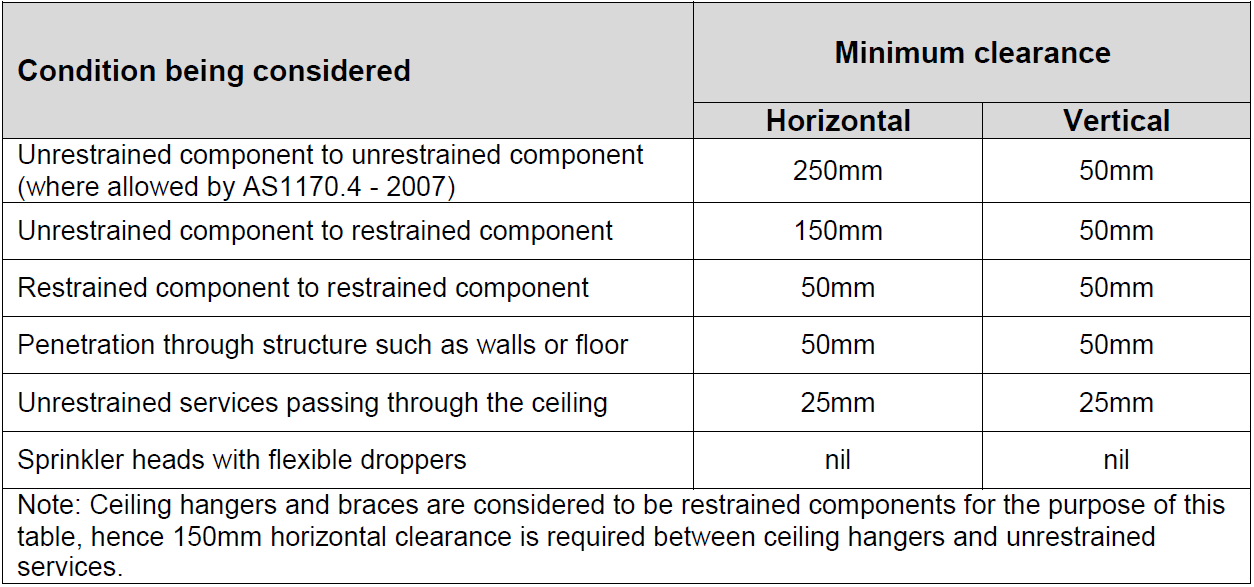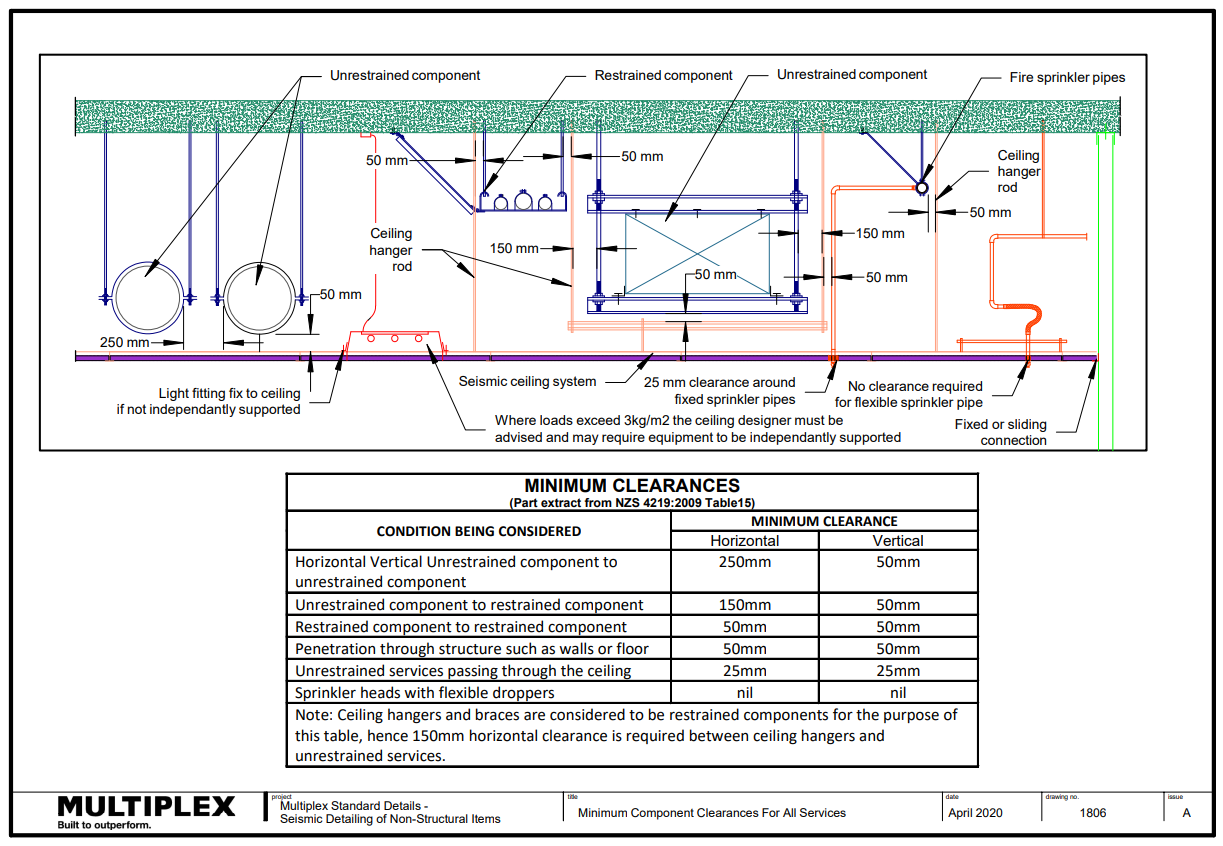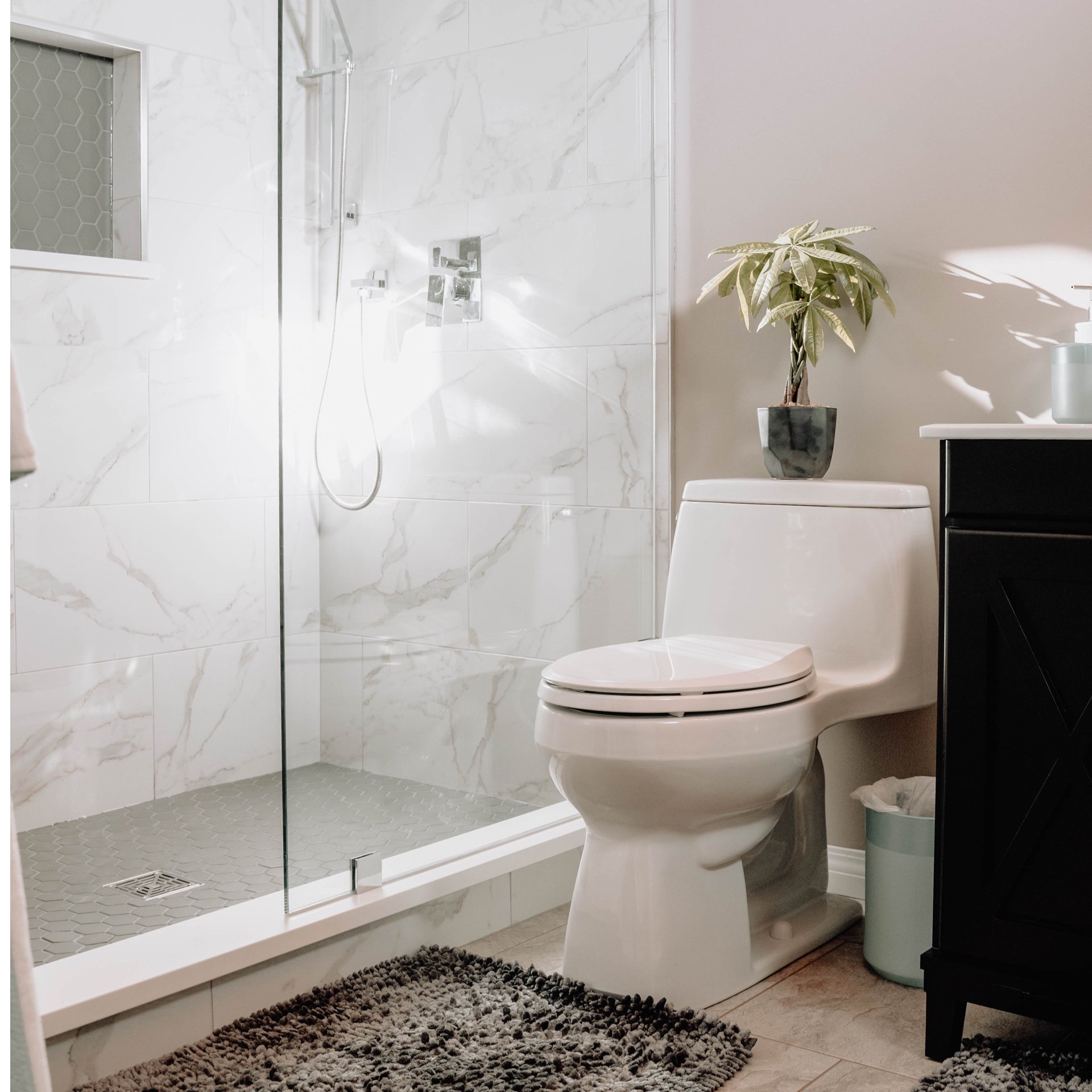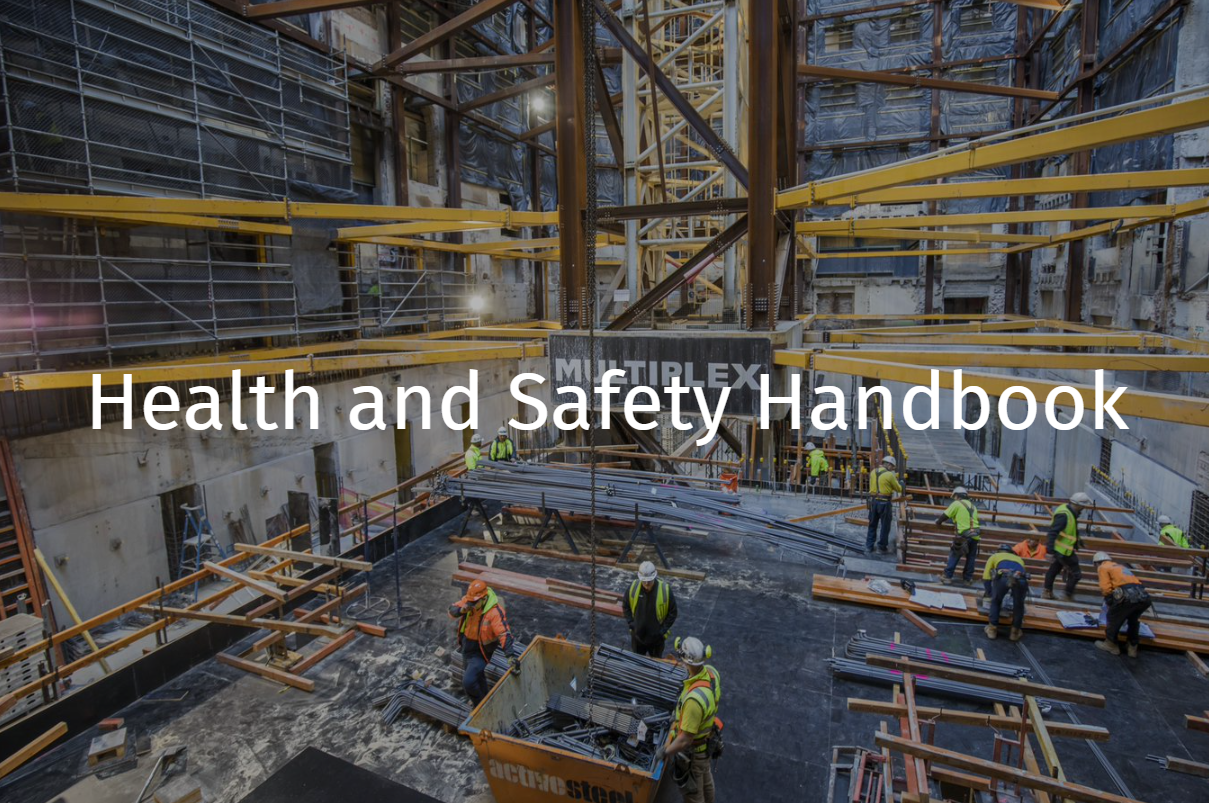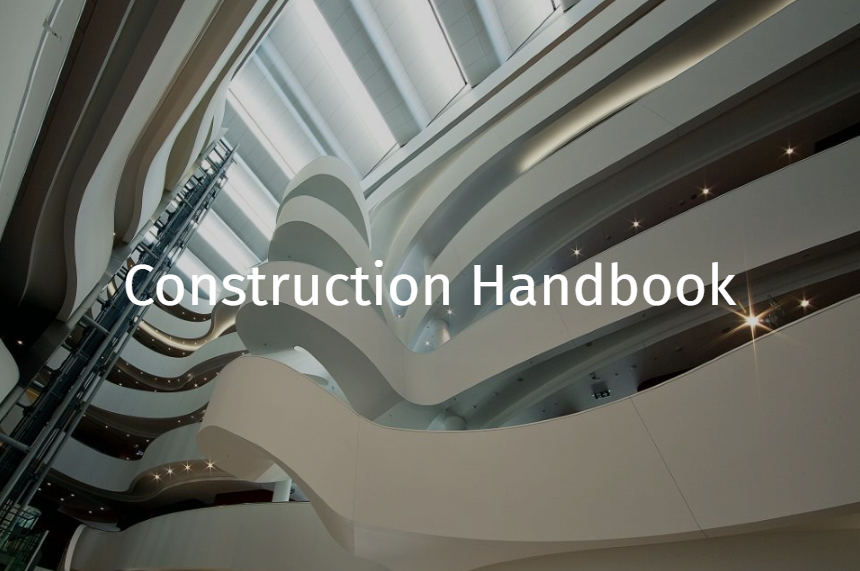Communications
Below Ground Clearances
- Communication systems installed below ground must:
- Maintain a separation from other services in accordance with below ground separation distances or manufacturer’s specification.
- Be in dedicated telecommunications white conduit.
- Have spare conduits labelled, equipped with draw wire and be sealed at both ends.
- Maintain a separation from LV or HV power cabling in accordance with the Table 4 of AS/CA S009:2013 outlined below (i.e. underground customer cabling separation from power cabling).
Below Ground Cover
- Comms pits to be labelled, free of debris and sitting on a gravel bed of no less than 300mm and / or provided within drainage to the stormwater system
- Communication services installed below ground must have minimum depths of (refer table):
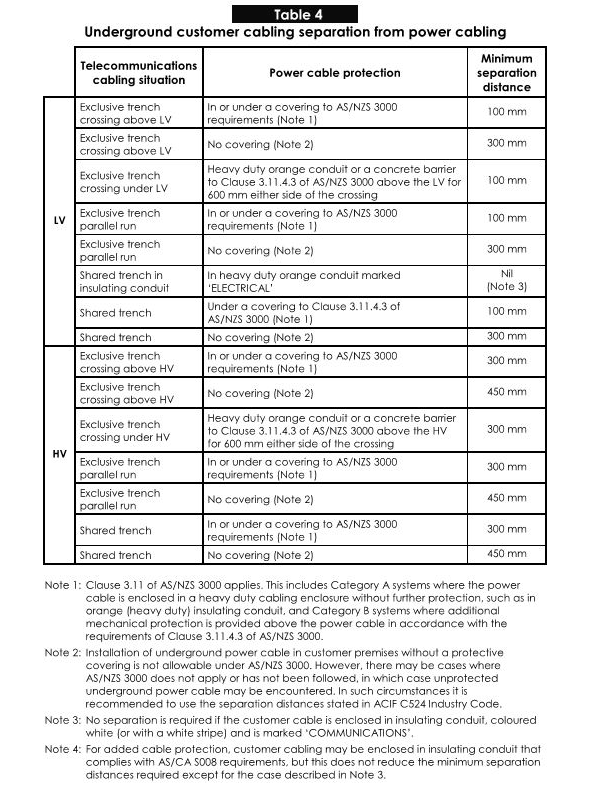

Above Ground Clearances
- Communication systems installed above ground must maintain a separation from other services in accordance with above ground separation distances or manufacturer’s specifications.
Services Crossover
- Separation distances outlined in Appendix 1 and 2 or as per manufactures specifications must be maintained where services cross over.
Cable Supports
- Communication cabling must:
- Be installed in accordance with the cable manufacturer’s instructions.
- Be supported on cable trays, catenary supports or baskets.
- Be strapped to the soffit which must:
- Have no more than 24 cables bunched together or as per manufacturer specifications.
- Have spans between soffit clips sufficient such that cabling does not sag in between clips.
- Have approved cable fasteners installed:
- At intervals that comply with Table 8.1 of AS/NZS 3084 .
- In accordance with the manufacturer’s specified spacing.
- Using velcro fastening type. Nylon/zip style cable ties are not to be used.
Seismic
- Seismic restraints/bracing in accordance with AS1170.4 - 2007 must be:
- Detailed and installed as per approved shop drawings.
- Installed for communications systems such as cable systems, motor control devices, switchgear, transformers and unit substations.
- Separation between restrained and unrestrained services must be in accordance with the table below:
